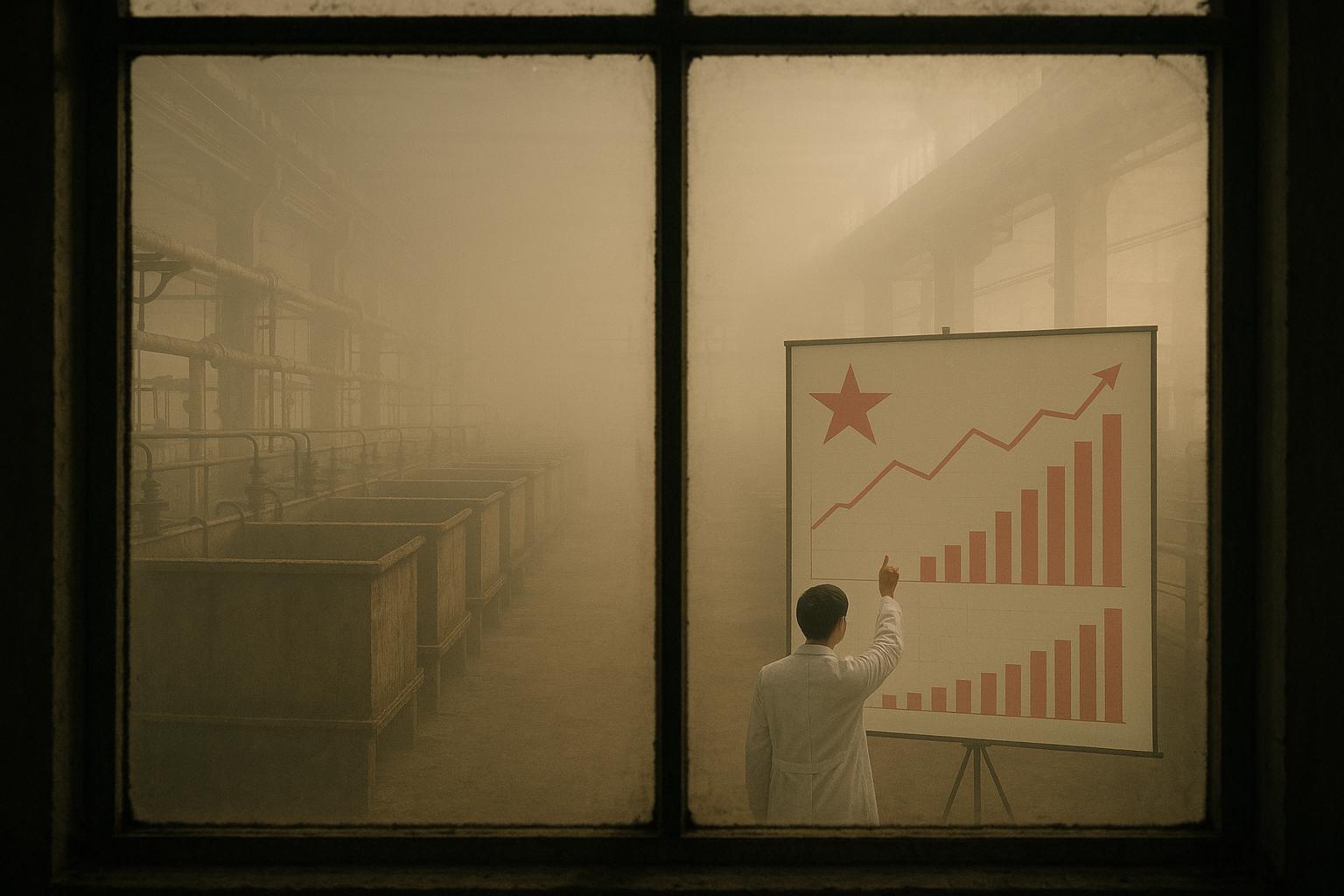China’s dominance over the global rare earth processing industry remains a critical geopolitical and economic dynamic shaping supply chains of advanced technologies worldwide. Despite producing only around 60-70% of raw rare earth ore materials, China controls approximately 90% of the rare earth processing capacity. This distinction underscores that the real bottleneck lies not in mining, but in the sophisticated separation and refinement technologies essential for transforming mixed ores into usable individual rare earth oxides vital for sectors from electric vehicles (EVs) to defence.
China achieved this processing monopoly through sustained investments over decades in ore-specific separation techniques, innovating reagent chemistries, and developing an integrated supply chain that rivals have struggled to replicate. Unlike many competitors focused primarily on mining rights, Chinese processors have perfected customised flowsheets that combine physical beneficiation methods such as gravity and magnetic separation with flotation chemistry and hydrometallurgical refining. These intricate multi-stage operations allow China to efficiently handle diverse ore types—bastnäsite, monazite, ionic clays—and to isolate individual elements like dysprosium and terbium, crucial for high-performance applications.
China’s rare earth processing network is regionally specialised into key hubs with strategic operational roles. Inner Mongolia’s Bayan Obo focuses on mixed carbonatite ores rich in light rare earth elements, despite the challenge of managing radioactive thorium and fluorine emissions. Sichuan province processes bastnäsite ores using advanced flotation chemistry and environmentally improved water recycling systems, while southern China’s ionic clay operations harness in-situ leaching technologies to supply heavy rare earth elements vital for permanent magnets in EV motors and wind turbine generators. These methods offer environmental benefits such as lower surface disturbance but also raise concerns about groundwater contamination, prompting ongoing research into bioleaching and ammonium-free alternatives.
The strategic value of China’s processing dominance manifests starkly in critical technology dependencies. Dysprosium and terbium, though minor by weight, are indispensable for maintaining magnetic properties under high temperatures in EV motors, wind turbines, and precision defence applications. For instance, dysprosium content in permanent magnet motors directly correlates with the accelerating global rollout of electric vehicles, where each motor typically contains up to 80 grams of the element. Similarly, defence systems—from night vision green phosphors to avionics magnets—depend heavily on these processed rare earths, consolidating vulnerability among nations reliant on Chinese supply.
This strategic leverage is increasingly weaponised through China’s evolving export control regime. Initiated in 2023 with restrictions on processing technology exports, measures escalated through 2024 to include downstream processed materials, and by 2025 extended into extraterritorial jurisdiction over foreign products that utilise Chinese processing technologies. These controls now cover equipment, reagent formulations, intellectual property, and manufacturing know-how, fundamentally challenging Western attempts to establish independent rare earth processing. US and allied nations face particularly acute impacts as China restricts the export of critical elements like holmium, erbium, thulium, europium, and ytterbium, which are vital for sectors including semiconductors and nuclear technology. The US Department of Defense and industry have voiced concern over supply chain disruptions and the vulnerability to Chinese policies that could hamper advanced defence capabilities.
Despite efforts by countries such as the US, Australia, and members of the European Union to diversify supply chains through investments in domestic or allied processing facilities, progress remains slow and costly. For example, the US’s Mountain Pass facility, developed by MP Materials, and Lynas Rare Earths’ Malaysian plant represent the largest non-Chinese processors but remain dwarfed by China’s scale. The financial investment required to match China’s technological sophistication and scale—estimated at hundreds of millions to over a billion dollars for industrial-scale separation plants—alongside the need for highly specialised expertise in chemical engineering and analytical chemistry, constitutes formidable barriers.
Furthermore, environmental and social governance (ESG) compliance shapes competitive dynamics. While older Chinese processing facilities at Bayan Obo contend with legacy radioactive waste and pollutant management, newer operations in Sichuan and southern China have integrated advanced water recycling, reduced toxic reagent profiles, and real-time environmental monitoring. These improvements not only alleviate some ecological impacts but may also position Chinese processors favourably within an international market increasingly sensitive to sustainability metrics.
Emerging technological innovations meanwhile offer some hope for supply chain resilience. Research into next-generation methods—membrane separation, direct electrochemical processing, and biotechnology utilizing genetically engineered microorganisms—could eventually reduce reliance on traditional solvent extraction-heavy Chinese facilities. Additionally, urban mining initiatives targeting recycling of EV motors, wind turbine magnets, and electronic waste hold potential to supplement primary supply, though economic and logistical challenges persist.
Ultimately, China’s rare earth processing monopoly illustrates how accumulated technical expertise, integrated supply chains, and decades of innovation create a natural monopoly that transcends simple resource ownership. For policymakers and investors, the key insight is that true supply chain security requires long-term, coordinated international efforts—blending capital investment, technological innovation, environmental stewardship, and strategic patience—to gradually erode China’s dominant position. The stakes extend beyond market competition to national security and technological independence in a rapidly evolving global economy increasingly reliant on rare earth elements.
📌 Reference Map:
- Paragraph 1 – [1] (Discovery Alert)
- Paragraph 2 – [1] (Discovery Alert)
- Paragraph 3 – [1] (Discovery Alert)
- Paragraph 4 – [1] (Discovery Alert)
- Paragraph 5 – [1] (Discovery Alert), [2] (CNBC), [6] (USCC report)
- Paragraph 6 – [1] (Discovery Alert), [3] (Reuters), [4] (Reuters), [7] (Al Jazeera)
- Paragraph 7 – [1] (Discovery Alert), [6] (USCC), [2] (CNBC)
- Paragraph 8 – [1] (Discovery Alert)
- Paragraph 9 – [1] (Discovery Alert)
- Paragraph 10 – [1] (Discovery Alert)
- Paragraph 11 – [1] (Discovery Alert)
- Paragraph 12 – [1] (Discovery Alert)
Source: Noah Wire Services
